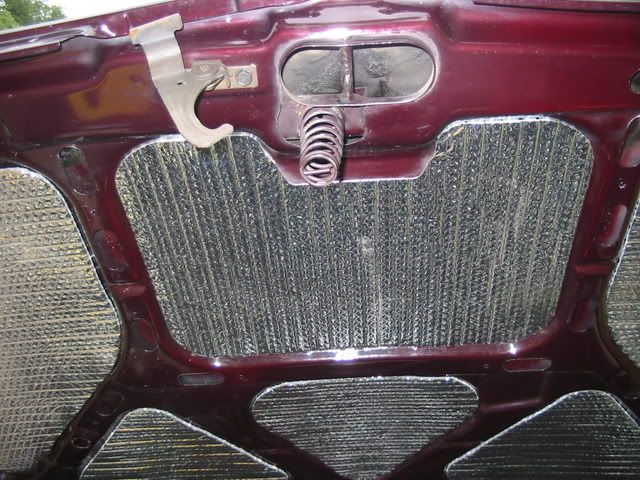Has anybody installed or done anything under their car's hood to cut down on heat? I know newer cars usually have some kind of insulation, but I have an older Acura Integra that has NOTHING under there. That's the way they came.
Therefore, this hood gets HOT. Very hot. Also pretty typical for this car. Granted it's old, but I've noticed the part that gets the hottest is also the part where the paint looks the worst. It's even more pronounced on other Integra's I've seen and they've lost their clearcoat in the "hot" spots.
Was just wondering if anybody's tried to use any kind of heatshield material before that doesn't suck. I tried using some of the aluminum type that sticks on with self-adhesive. Didn't really help.
Therefore, this hood gets HOT. Very hot. Also pretty typical for this car. Granted it's old, but I've noticed the part that gets the hottest is also the part where the paint looks the worst. It's even more pronounced on other Integra's I've seen and they've lost their clearcoat in the "hot" spots.
Was just wondering if anybody's tried to use any kind of heatshield material before that doesn't suck. I tried using some of the aluminum type that sticks on with self-adhesive. Didn't really help.


